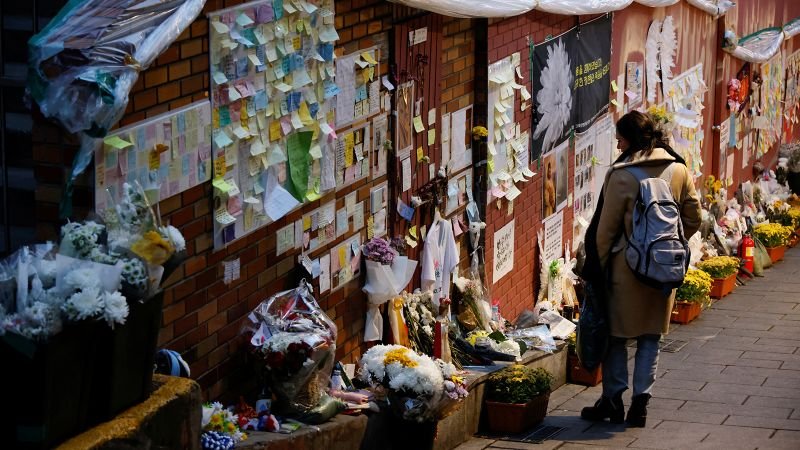Reuters
—
South Korean President Lee Jae Myung has ordered the setting up of a new investigation team, involving police and prosecutors, to look into the deadly Halloween crowd crush that killed 159, mostly young people, in 2022, his spokesperson said on Thursday.
Lee’s move to launch a new probe came as he met the bereaved families of victims from recent major disasters, including the Halloween crush in Seoul’s Itaewon district, his spokesperson Kang Yu-jung told a briefing.
Lee, who took office in June, has promised to make the country safer and to prevent any repeat of the disasters in recent years that have often been blamed on the inadequate response by authorities.
The president said the new investigation team would work alongside a special commission that was launched in September last year to look into the case, according to the spokesperson.
At the meeting with Lee, Song Hae-jin, a representative for the families of the crush victims, said police records and information regarding the government’s response to the disaster had been withheld from the special commission.
During his meeting with the bereaved families, Lee bowed deeply as he apologized for any failures by authorities.
“As the head of the state, I would like to formally apologize on behalf of the government for failing to fulfill its responsibility to protect the lives and safety of the people, and for the many people who lost their lives as a result,” he said as some relatives wept.

